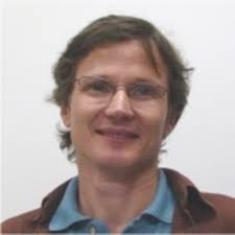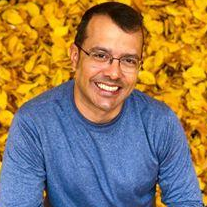Process System Engineering-Brazil (PSE-BR)
A special issue of Processes (ISSN 2227-9717). This special issue belongs to the section "Process Control and Monitoring".
Deadline for manuscript submissions: closed (31 May 2020) | Viewed by 17920
Special Issue Editors
Interests: process modeling and simulation; process control and optimization; real-time process monitoring and optimization; numerical methods
Special Issues, Collections and Topics in MDPI journals
Interests: process control; data-based methods for monitoring and control; fault detection and diagnosis; process system engineering; artificial intelligence; neural networks; autonomous systems
Special Issues, Collections and Topics in MDPI journals
Interests: modeling and simulation; polymer and petrochemical systems
Interests: process systems engineering; equipment basic design optimization
Special Issues, Collections and Topics in MDPI journals
Special Issue Information
Dear Colleagues,
The Brazilian Process System Engineering community (PSE-BR) has demonstrated a long history of excellence. In the 1960s, Professor Carlos A. G. Perlingeiro pioneeringly started his research in this area at COPPE-UFRJ. Since then, many hundreds of students have been supervised and become professionals in the academy and industry in areas such as process modeling, simulation, optimization, synthesis, and control, among others. Brazil has a regular biannual meeting of chemical engineering, the Brazilian Congress of Chemical Engineering (COBEQ), and has also hosted important IFAC control symposiums (ADCHEM in 2006, and DYCOPS in 2019); however, the Brazilian PSE community did not have its own congress until this year. The 1st Brazilian Congress of Process System Engineering, PSE-BR 2019, is being held by the PSE-section of the Brazilian Association of Chemical Engineering (ABEQ) in Rio de Janeiro, Brazil, on 20–22 May 2019.
The PSE-BR 2019 has accepted 205 papers and more than 250 registrants. This Special Issue focuses on selected papers from the following thematic sessions of this conference:
- Process modeling and simulation;
- Process optimization;
- Process synthesis and design;
- Process integration and intensification;
- Process control and instrumentation;
- Data mining and machine learning;
- Production planning and scheduling;
- Molecular modeling and product design;
- Fault detection and diagnostics;
- Industrial application of PSE Toolbox.
We look forward to receiving your contributions.
Prof. Dr. Argimiro Resende Secchi
Prof. Dr. Maurício Bezerra de Souza Jr.
Prof. Dr. Príamo Albuquerque Melo Junior
Prof. Dr. André Luiz Hemerly Costa
Guest Editors
Manuscript Submission Information
Manuscripts should be submitted online at www.mdpi.com by registering and logging in to this website. Once you are registered, click here to go to the submission form. Manuscripts can be submitted until the deadline. All submissions that pass pre-check are peer-reviewed. Accepted papers will be published continuously in the journal (as soon as accepted) and will be listed together on the special issue website. Research articles, review articles as well as short communications are invited. For planned papers, a title and short abstract (about 100 words) can be sent to the Editorial Office for announcement on this website.
Submitted manuscripts should not have been published previously, nor be under consideration for publication elsewhere (except conference proceedings papers). All manuscripts are thoroughly refereed through a single-blind peer-review process. A guide for authors and other relevant information for submission of manuscripts is available on the Instructions for Authors page. Processes is an international peer-reviewed open access monthly journal published by MDPI.
Please visit the Instructions for Authors page before submitting a manuscript. The Article Processing Charge (APC) for publication in this open access journal is 2400 CHF (Swiss Francs). Submitted papers should be well formatted and use good English. Authors may use MDPI's English editing service prior to publication or during author revisions.
Keywords
- PSE
- process system engineering
- modeling and simulation
- process optimization
- process control
- industrial applications
- intensification
- synthesis
- scheduling
- machine learning.








